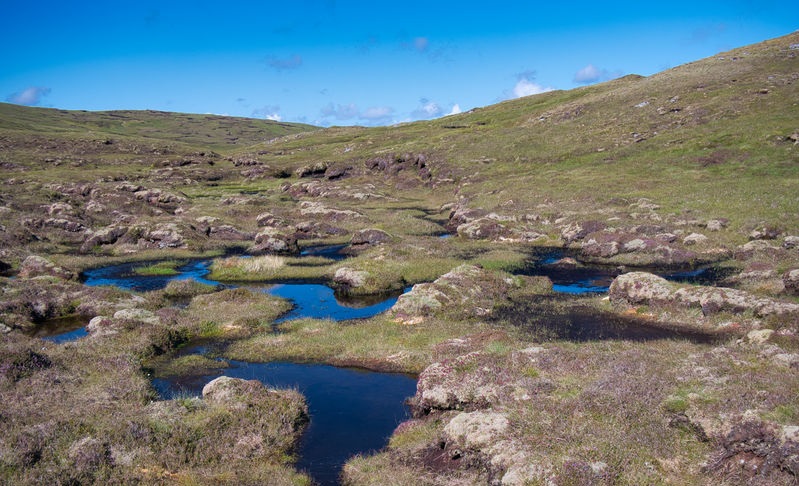
Scottish farmers and landowners have helped restore more than 10,000 hectares of damaged peatland over the last year.
Over 100 projects across Scotland in 2023-2024 meant that 10,360 hectares of damage peatland was restored – the highest amount achieved in a single year.
The average rate of peatland restoration has more than doubled in the last two years, the Scottish government confirmed.
Peatlands cover nearly two million hectares of Scotland, with nearly three-quarters of these degraded, and account for two-thirds of the UK’s peatland.
Peatlands can be restored in various ways, such as re-wetting the land by installing dams to block drains, smoothing ploughed ridges and furrows, and removing trees and reducing grazing intensity.
The Scottish government has pledged £250m to restore peatlands as they release greenhouse gases into the atmosphere, accounting for 15% of Scotland’s emissions.
Agriculture Minister Jim Fairlie said restoring degraded peatland was one of the most cost-effective ways to reduce carbon emissions.
"There are many benefits, such as reducing flooding risks, improving water quality and improving local biodiversity," he added.
“Increasing private investment in peatland restoration and maximising the community benefits from these projects is crucial.
"By increasing the pace and scale of peatland restoration we can restore our natural environment and tackle climate change more effectively."
NatureScot has a target of restoring 250,000 hectares of peatland by 2030, a move which the body said would help reduce flood and fire risk.
NatureScot chair Colin Galbraith said: “Putting Scotland’s degraded peatlands on the road to recovery makes a vitally important contribution to reducing greenhouse gas as well as providing broader benefits for biodiversity and water management."
